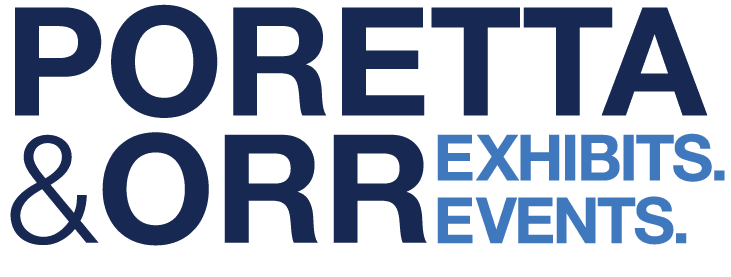Have you ever wondered how drugs receive their names? This question lies at the very heart of what we do when collaborating with pharmaceutical companies. We develop exhibits and create experiential events to promote their products. Thus, understanding the fundamentals of how these names are derived can be important. The process is both fascinating and intricate. The following outlines a comprehensive and multi-faceted procedure into key highlights.
The FDA initiated a study to investigate whether drug names influence the perceptions of consumers or healthcare professionals regarding the effectiveness of those drugs. For example, a migraine medication named “Migraineawaylia” would not be permissible. Pharmaceutical companies must avoid names that emphasize a drug’s attributes or that are similar to other drugs already on the market. Additionally, practical considerations such as the length of the name are important. Try fitting “Migraineawaylia” on a medicine bottle!
FDA guidelines must be adhered to, and companies must submit their proposed names to various organizations for approval. As mentioned, this process is complex. So complex, in fact, that those involved might require a drug to help them manage the stress! Hypothetically, let’s call the new proposed name “Complitivity”—a medication that enhances creativity during complex processes. Side effects could include overstimulation of the frontal and parietal cortices and, inevitably, constipation, as seen in nearly every drug commercial. This should give you an idea of the arduous process involved in naming a drug and obtaining approval.
In some cases, the naming process can take up to four years. Perhaps it is a marketing perspective but how cool it must be being on the team asked to name a new drug! It’s kind of like naming a newborn. In other industries, if the name is available, it is used. However, in drug naming, the name must be reviewed and deemed safe and unique before it is approved.
Two Processes: Generic and Brand Names
There are two distinct processes for naming a drug: creating a generic drug name and creating a brand name. The process begins with creating a generic drug name. Given the increased global markets, a universal standard is employed, involving approval from two organizations:
- United States Adopted Names (USAN) Council
- World Health Organization (WHO)
Generic names are formulated based on a specific suffix, intended to convey critical information to healthcare professionals about how the drug functions within the body. When choosing a prefix, considerations include pronunciation and uniqueness. Here are some essential rules:
- The prefix must contain two syllables to differentiate it from other drugs.
- Certain letters should be avoided to ensure global appeal, considering some languages do not use the letters H, J, K, W, and Y.
- Marketing elements are prohibited: no company names or promotional terms like Cure-all or Greatest.
- Medical terminology should be avoided to prevent limiting the drug’s use. For instance, using “pedi” for a pediatric drug could be restrictive if the drug is later found to treat other conditions.
Once the USAN accepts a name, it submits the name to the WHO for further review. If the WHO approves, the name is published on the International Nonproprietary Names (INN) list for four months, allowing public feedback. If no concerns are raised, the company can begin using the accepted name.
Brand Names
The brand name is the one most familiar to consumers and offers more creative freedom from a marketing perspective. Despite constraints, creativity is still possible.
Safety is the primary consideration, and the name should represent the drug through abstract ideas, tone, or imagery. This name remains associated with the drug even after the patent expires. For example, do you ask for acetaminophen (generic) or Tylenol (brand)?
A notable example is Viagra, which subtly references vitality and vigor. The process involves several steps:
- The name cannot be promotional or make overt claims about its effectiveness. For instance, a drug for reducing ear swelling would likely not be approved if named “Smallearia.”
- A comprehensive list of potential names, sometimes up to 200, is created and narrowed down by: Conducting trademark screening to ensure uniqueness. Performing linguistic checks to ensure appropriate translations and avoid embarrassing connotations in other languages. Conducting market research to assess the name’s “likability” or memorability.
- The preferred name is then submitted to the FDA.
If the name is not approved, some steps may need to be repeated, a tedious process indeed.
Conclusion
Naming a drug is a fascinating and intricate process requiring creativity, precision, and strict adherence to guidelines. At Poretta & Orr, we are passionate about every project, ensuring that we create impactful and memorable experiences for pharmaceutical companies and their products. Our commitment to excellence mirrors the rigorous standards of the drug naming process, and we take pride in contributing to the successful launch and promotion of new medications.
Want to learn more about how the Poretta & Orr team can help elevate your exhibit and event program? Reach out to a member of the P&O team today.


